We've all been there, standing outside a restaurant, trying to figure out if it's going to be any good. We all know that you can't judge a book by its cover but without even trying the food, there are hosts of ways to tell if the restaurant you've chosen to spend your hard-earned money at is worth it. We've rounded up some of the best common-sense approaches to figure out if you're dining somewhere that's actually decent.
While sussing out a restaurant that we're not familiar with, there's a mental checklist we go through, sometimes subconsciously, before setting foot inside. First we look at the signage and overall exterior design: Is it new and sleek or old, outdated, and rusty? Oftentimes, these are no indicator of how the food will be (a restaurant that hasn't changed in 30 years is a rarity and could be a local gem, while the shiny new place could be a total DOA dud), but they certainly say something about the overall type of restaurant. If there's a menu on display, we'll peruse it and see if it's in our price range and if any dishes sound like something we'd typically order. Finally, we might take a peek inside to see if there's anyone else dining in there, because nobody wants to be the only people in a restaurant.
But once we've made our commitment to spend our money, it's up to fate to decide whether or not we've made the right decision. And while certain purchases immediately let us know if we've made the right choice or not (it didn't take very long to realize buying that cheaper off-brand ketchup was a bad idea), a poor restaurant experience takes its time, unfurling over the course of a meal. A couple glitches here and there can be a minor nuisance in an otherwise spectacular meal, but string a whole bunch of them together and you've officially made a poor dining decision.
So for that reason, we've assembled a checklist of 11 things to be on the lookout for at a restaurant. If one or two of these happen to transpire during your meal, it's okay to write it off. But if more than 50 percent of the items on our list are checked off, there's really no reason to ever go back, unless the food was mind-blowingly spectacular and you're willing to sacrifice some creature comforts for it. So how can you tell if you're in a restaurant you'll regret going to later? Read on to find out, and keep our checklist in your mental back pocket the next time you spring for a new spot.
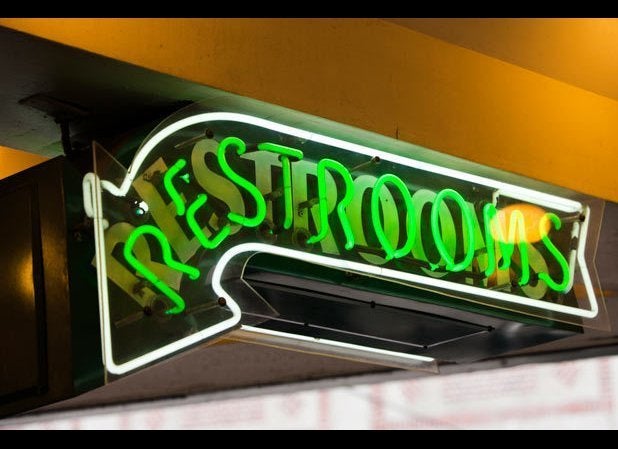
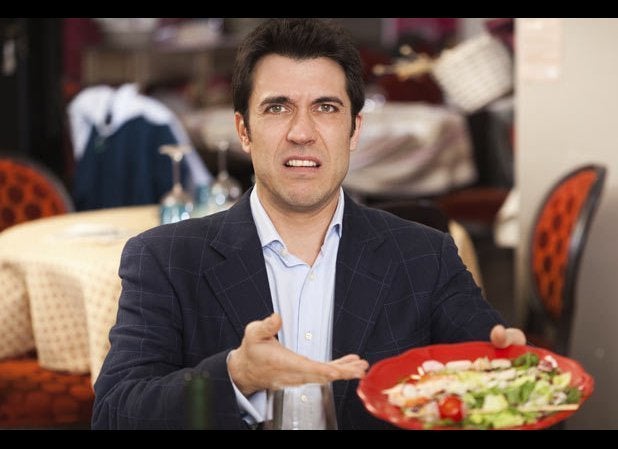
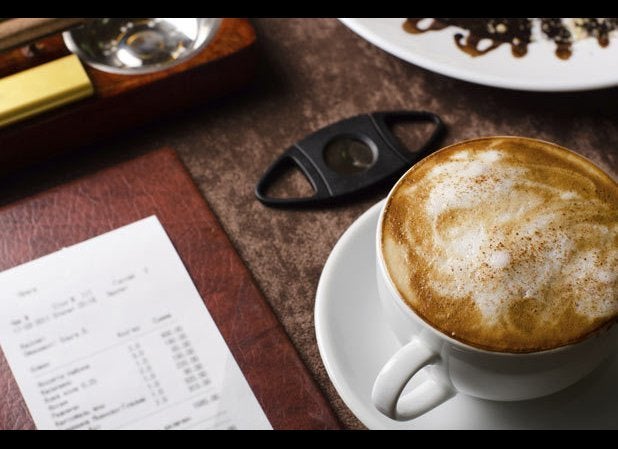
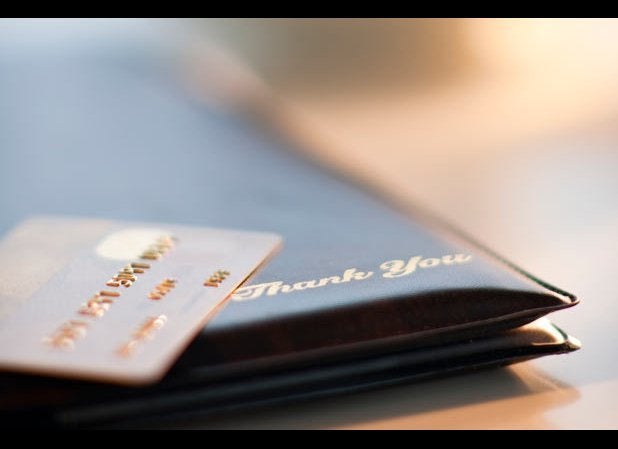
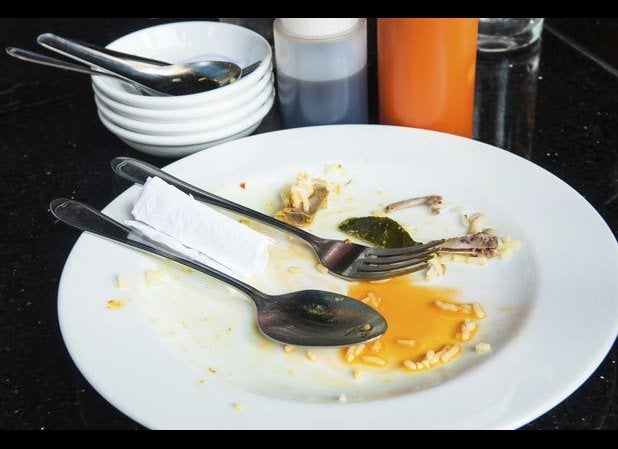
-- Dan Myers, The Daily Meal
More Content from The Daily Meal: